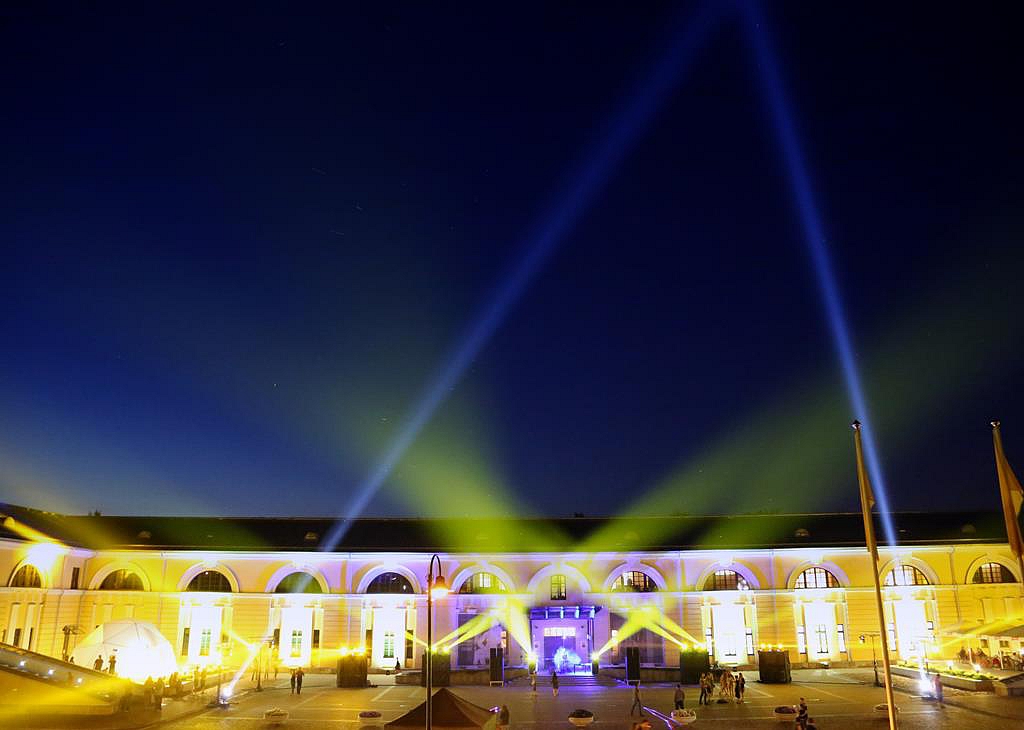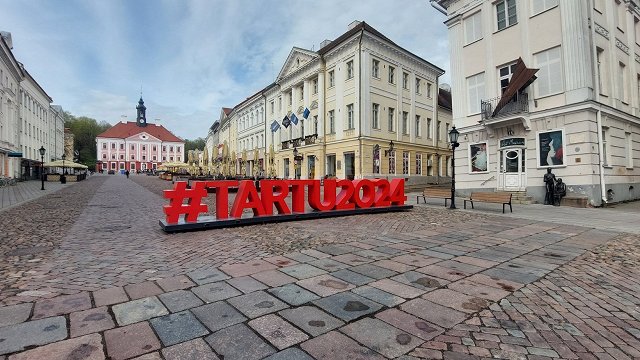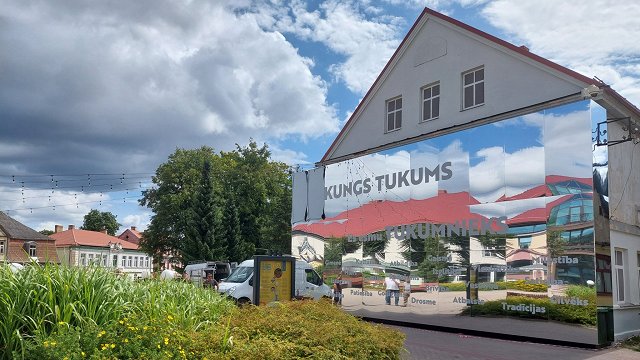With travel abroad curtailed by the pandemic, visiting Daugavpils is as close to an exotic foreign land as many Latvians will get these days. Most of the residents of Latvia’s second largest city are native Russian speakers, and while the license plates and chain stores are familiar, you can almost hear the balalaikas strumming and sense the endless steppe just over the horizon.
Of course, these are just silly stereotypes, held by denizens of the western corners of the country. Naturally, the people of the south-eastern metropolis have a different viewpoint altogether, and they believe that being on the fringes can have big advantages.
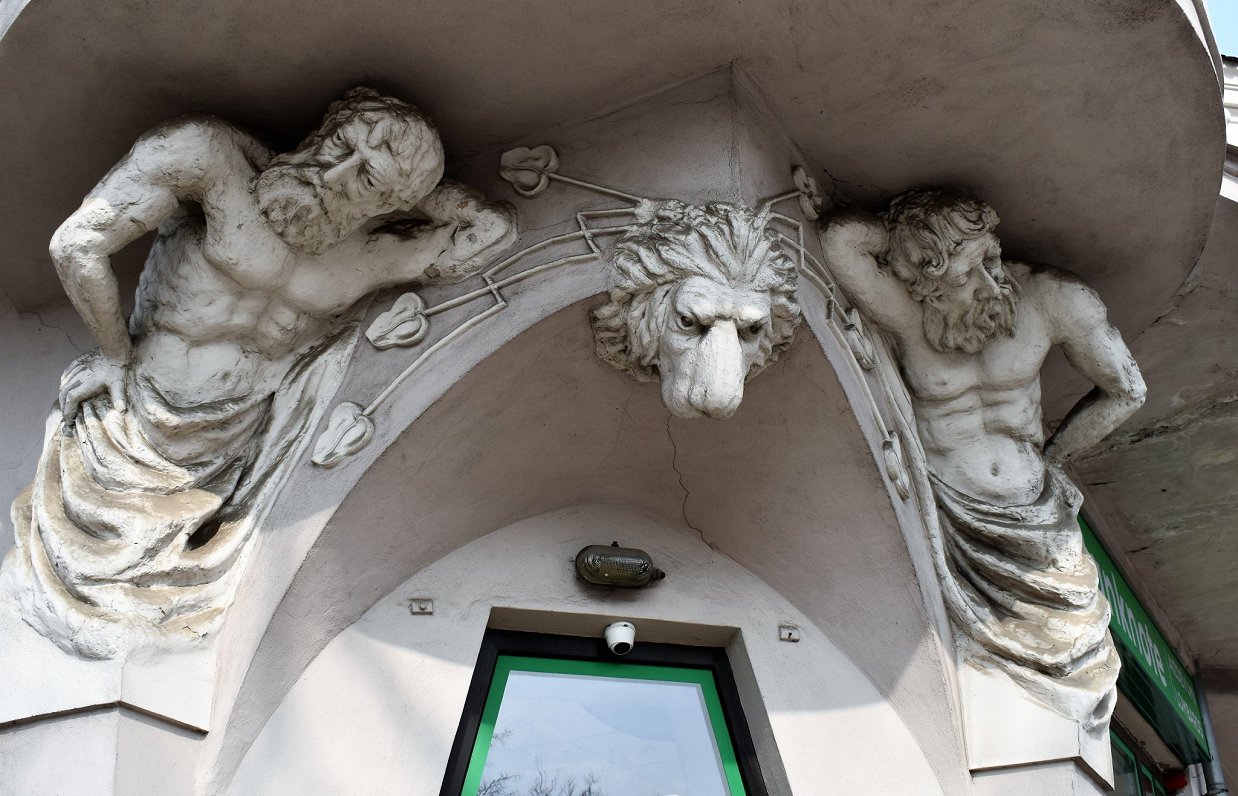
According to Diāna Soldāne, who is coordinating Daugavpils City Council’s bid for the prize, the fact that the other capital of culture in 2027 will be a Portuguese city offers a captivating chance to explore how the world looks from the respective edges of the continent.
“We want to get out of our comfort zone and embrace bold ideas, and create a special link between east and west,” she says.
Daugavpils, Dvinsk, Dinaburg
Since its founding in the 13th century by German crusaders, Daugavpils has been alternately besieged, conquered, traded with and built by Russians, Poles, Jews, Lithuanians, Latgalians and others. And all these tempting ingredients can be tasted in the urban soup today.
The place is looking good these days. Aside from a few Soviet and more recent clunkers, its broad, tree-lined avenues are sprinkled with gracious Art Nouveau buildings and surprisingly attractive modern ones, complimented by sleek new trams. Restaurants and bars abound, promising fun times when they reopen.
Unveiled a few years ago in an exceptionally well-preserved 19th century fortress, the Mark Rothko Art Centre has significantly raised Daugavpils’ cultural profile. And this homage to its most famous native son will be a springboard for contemporary art events in 2027. “Rothko-inspired” contemporary dance and jazz will entertain cosmopolitan sophisticates, and a museum of technology in the fortress complex is in the pipeline.
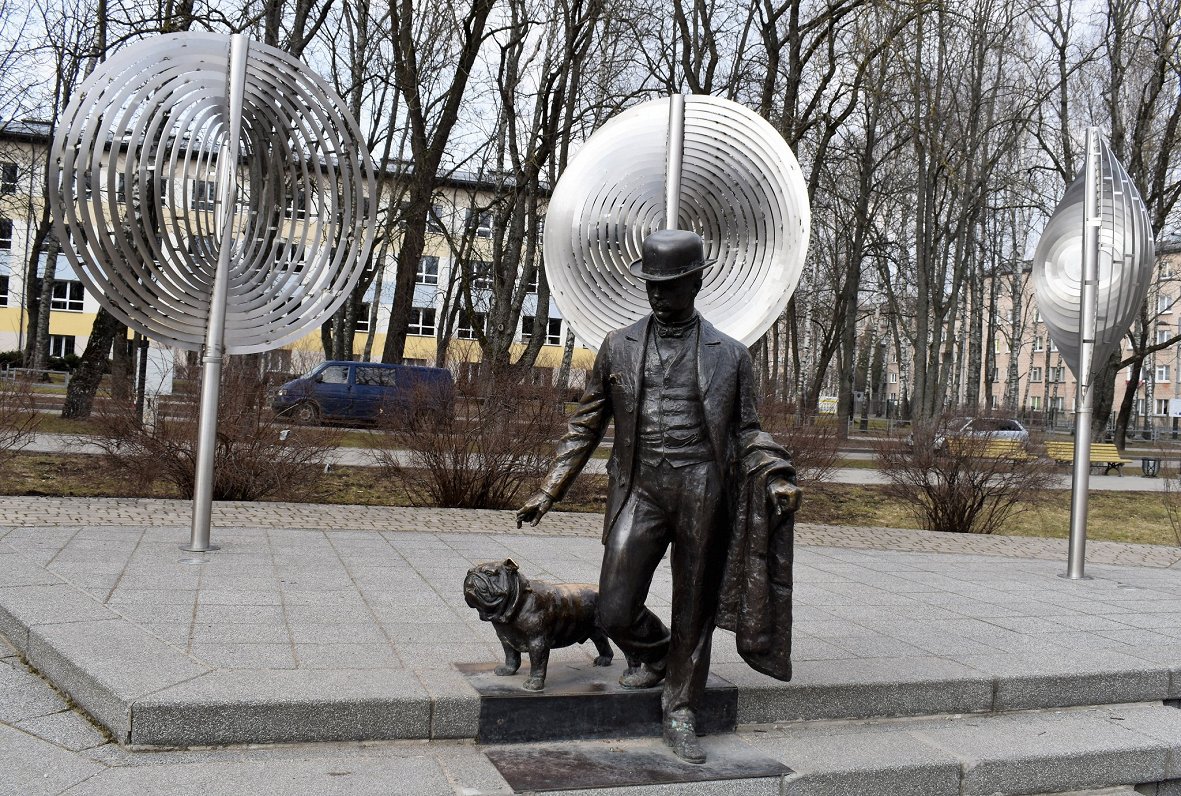
In the town centre, there are plans for an open air concert hall named after another famous Daugavpils artist, composer Oskars Stroks, Europe’s “tango king” of the 1930s.And another cultural quarter will be developed around Saules iela, already home to the university, the city museum and a music school.
“Rothko is a great magnet for tourists and art lovers, but we have so much more to offer,” says Ilona Asare, a consultant for the Capital of Culture effort. “We want to shift our image from being an industrial centre to our cultural assets.”
As well as avant-garde experiments, the bid will tap into rich traditions by including all of the municipalities of Latgale. Latvia’s easternmost region is at once a treasure trove of songs, handicrafts, hospitality and spirituality, while also being one of the economically poorest areas of the EU. Thus 2027 is a superb chance for the locals to show the world their stuff and do some serious long-term, sustainable development.
Latgalian language
In terms of presenting Latgalian culture in 2027, Ilona says existing pillars of identity will be shown in a new light. A metal opera in Latgalian dialect is one possibility. The region’s renowned pottery could be exhibited in Portugal, along with an exchange visit by Portuguese ceramicists in Latgale. There will also be sacral art and music events reflecting Latgale’s rich tapestry of Catholic, Old Believer, Orthodox and pagan beliefs, as well as environmental activities amidst the thousands of lakes and deep forests.
With already strained relations between the West and Russia seemingly only getting worse, will geopolitics cast a shadow over this vision from the eastern approaches? Again, the locals are perfectly happy being where they are.
“Living in Daugavpils, and organising cultural events with fantastic partners from Russia and Belarus, I know full well that culture has no borders,” says Diāna. “Living on the border is very interesting and we gain tremendously from this.”
Five ways to raise your spirits in Latgale
When thousands of pilgrims (including the occasional pope) descend here every August for the Feast of the Ascension of Mary, this little village briefly becomes a major city. At quieter times, enjoy the lakeside serenity of the white basilica, and just up the road, check out the Hill of Christ the King, a sprawling, timber holy settlement built by fervent lay folk. A little further out, Čertoks, the Devil’s Lake, is a place of mysterious energies said to counterbalance the Christian sites.
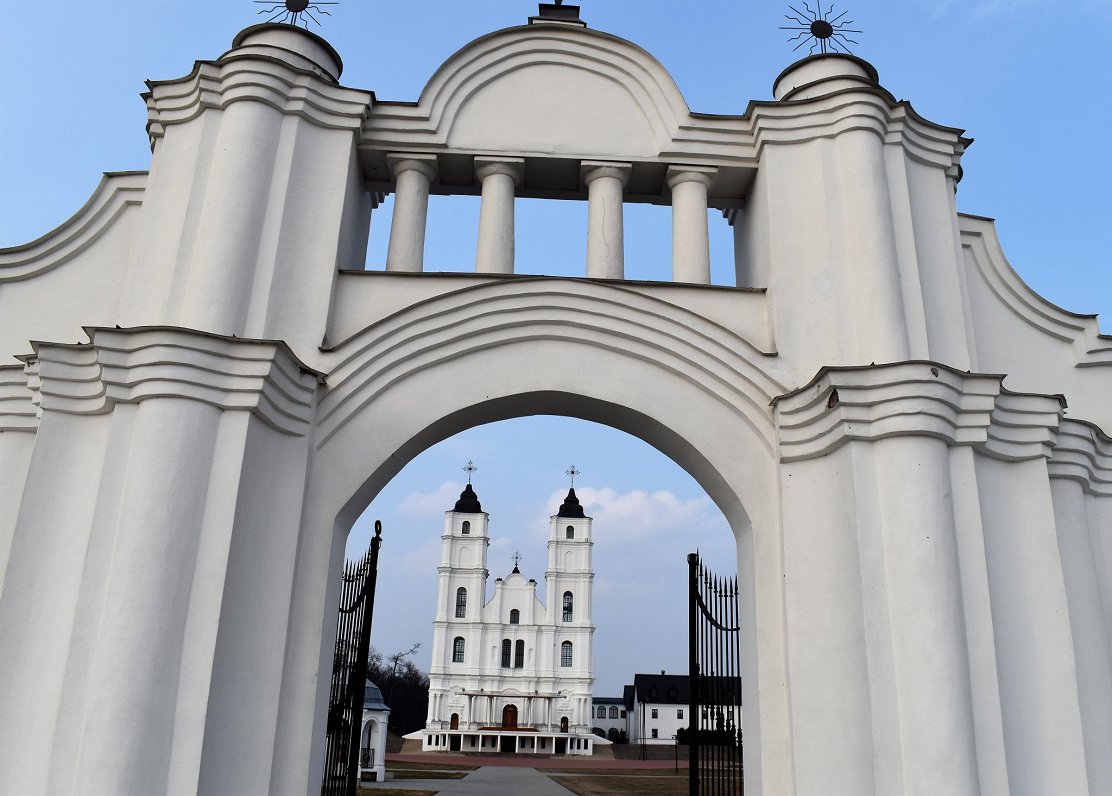
- Pirtiņa - the bathhouse
Since time immemorial, Latgalians have been purifying body and soul in their rural saunas, then plunging into the nearest lake or snowdrift. Savour this unforgettable experience at “Zemeņu krastiņi” near Aglona, where Anita Reščenko will treat you to a herbal whisking followed by a massage with fresh strawberries. Sweat it up in the ancient “black” or “smoke” pirts under Kristīne Šišlova’s besoms at “Vidussala” outside Līvāni. Or stay in the pirts house at “Meža skuķi” and be treated to the Latgalian soul food cooked up by Aija Skuķe and her mother Broņislava.
Home-distilled vodka or šmakovka has been keeping Latgalians merry for centuries, and today Latvian law allows households to whip up small batches for their own delectation. This fascinating museum tells the story of strong drink in the region down the ages, recounts some exciting smuggling stories and shares some recipes. To your health! Uz veseļeibu!
While closer to the sea the Daugava has been altered by Soviet hydroelectric schemes, in this corner of Latvia the “river of fate” retains its primeval splendour. The valleys through which the waterway picturesquely meanders are the oldest geological features in Latvia, boasting lovely views, biodiversity and cultural heritage. Slutiski Old Believers village is a jewel of Latgale’s multicultural mosaic.
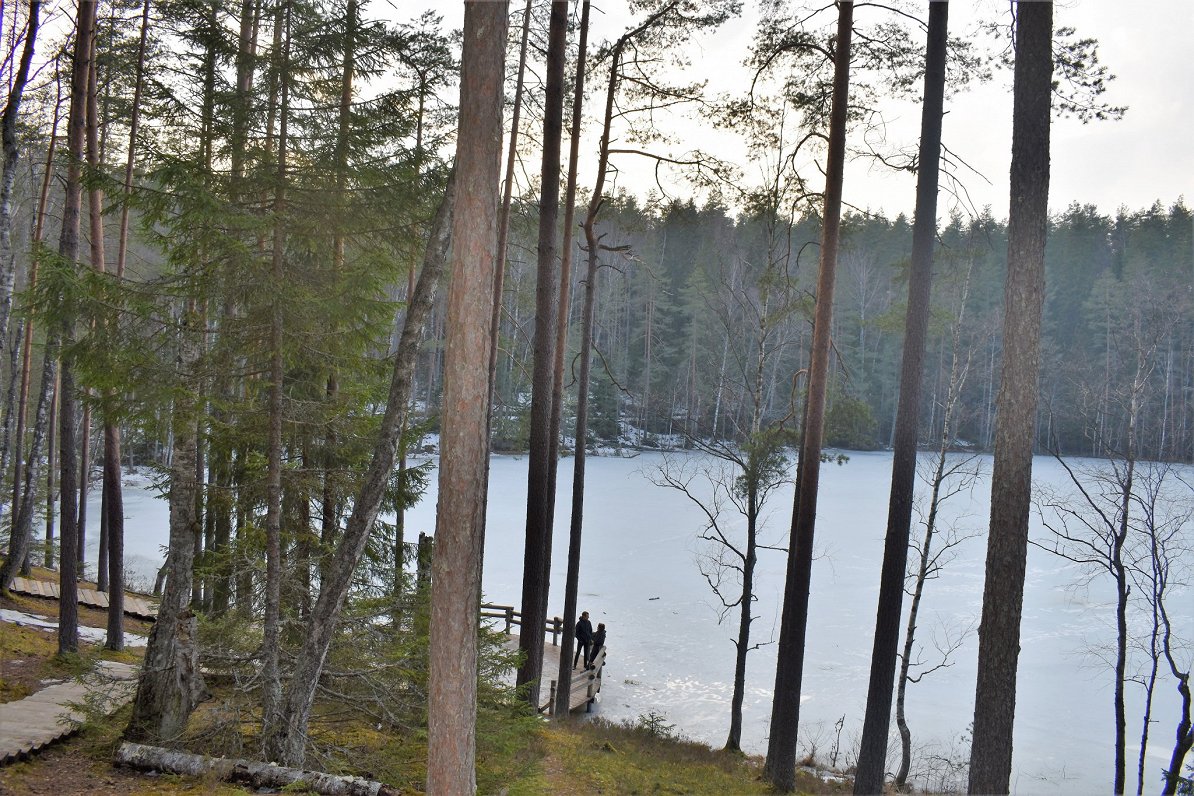
This dynamic band from Viļaka ir northern Latgale is preserving local cultural heritage and embracing contemporary sounds in one rollicking, rootsy package. Founded by Viļaka folklorist Andris Šlišāns, with arrangements by his daughter Kate and album covers by ten-year-old son Jēkabs, it’s a real family affair, which hasn’t stopped them from making music with everyone from Brainstorm lead singer Renārs Kaupers to the local parish priest.
